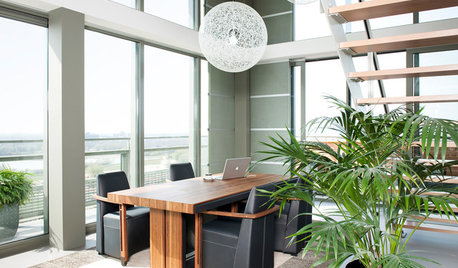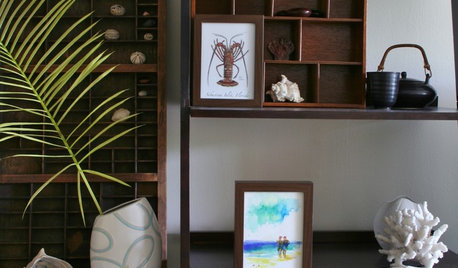Chamaedorea elegans
ignatz713
13 years ago
Related Stories

HOUSEPLANTSMeet a Palm That's Fine With Fluorescent Light
Get the look of the tropics without the full-on sun and high humidity — parlor palm tolerates regular indoor conditions with aplomb
Full Story
LANDSCAPE DESIGNCelebrate a Sunny Climate With the Right Leafy Palm for Your Site
So you get freezes or floods. So your garden is small. These palms send excuses riding off into the tropical sunset
Full Story
HOUSEPLANTS8 Houseplants You Can't Kill
They're forgiving and let you forget. Houseplants don't get any easier than this
Full Story
DECORATING GUIDES10 Ways to Give Your Hospitality a Tropical Touch
Treat guests to the resort treatment with blossoms, fruit and artwork that stir up an air of the exotic
Full Story










tapla (mid-Michigan, USDA z5b-6a)
ignatz713Original Author
Related Professionals
Bridgetown Landscape Architects & Landscape Designers · Arnold Landscape Architects & Landscape Designers · Oconomowoc Landscape Architects & Landscape Designers · Broadlands Landscape Contractors · Cordele Landscape Contractors · Fort Wayne Landscape Contractors · Gainesville Landscape Contractors · Muttontown Landscape Contractors · Pikesville Landscape Contractors · Pomona Landscape Contractors · Round Lake Landscape Contractors · Tavares Landscape Contractors · West Orange Landscape Contractors · Palos Heights Landscape Contractors · Linton Hall Interior Designers & Decoratorstapla (mid-Michigan, USDA z5b-6a)
ignatz713Original Author
tapla (mid-Michigan, USDA z5b-6a)
ignatz713Original Author
ignatz713Original Author